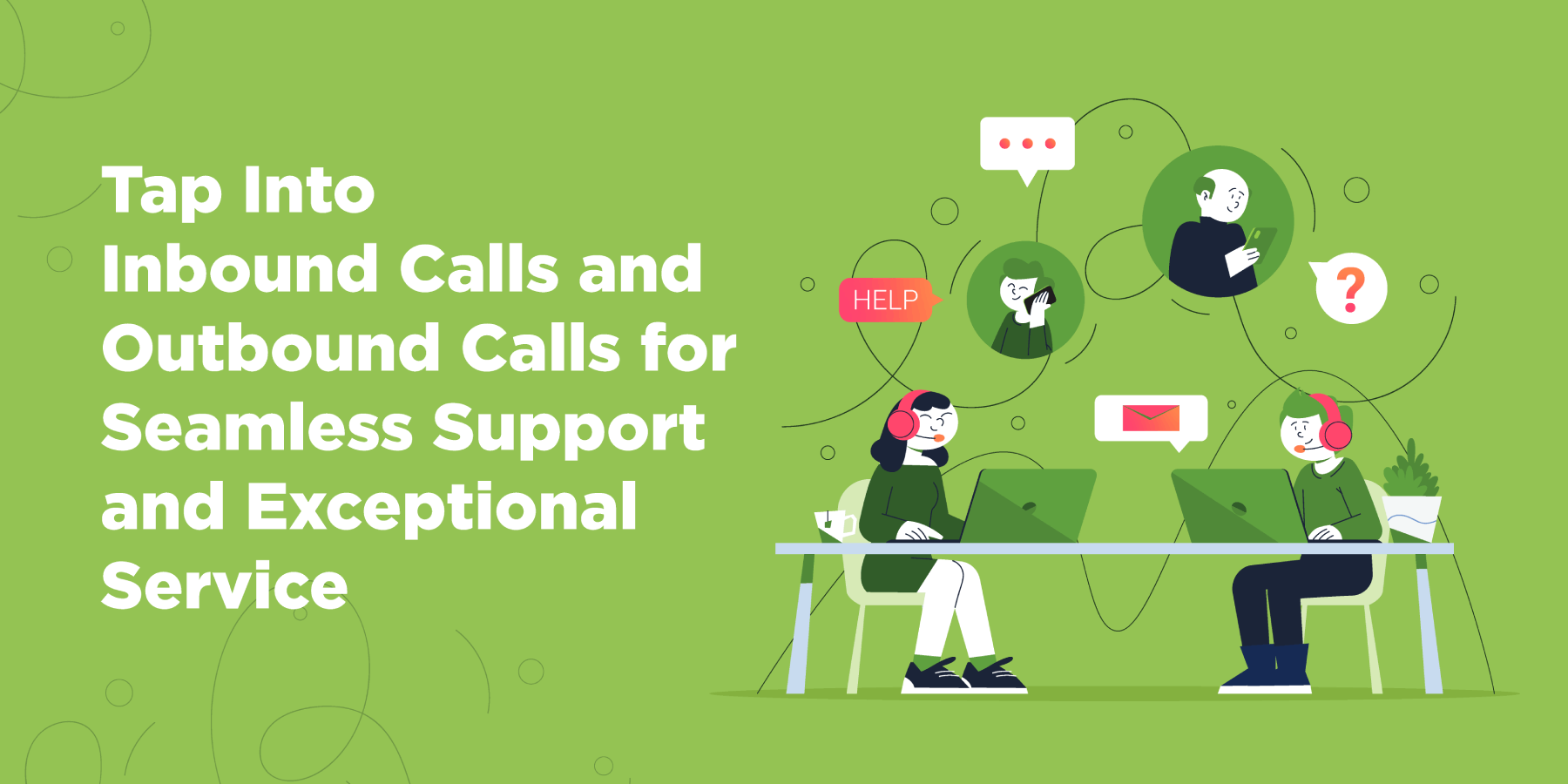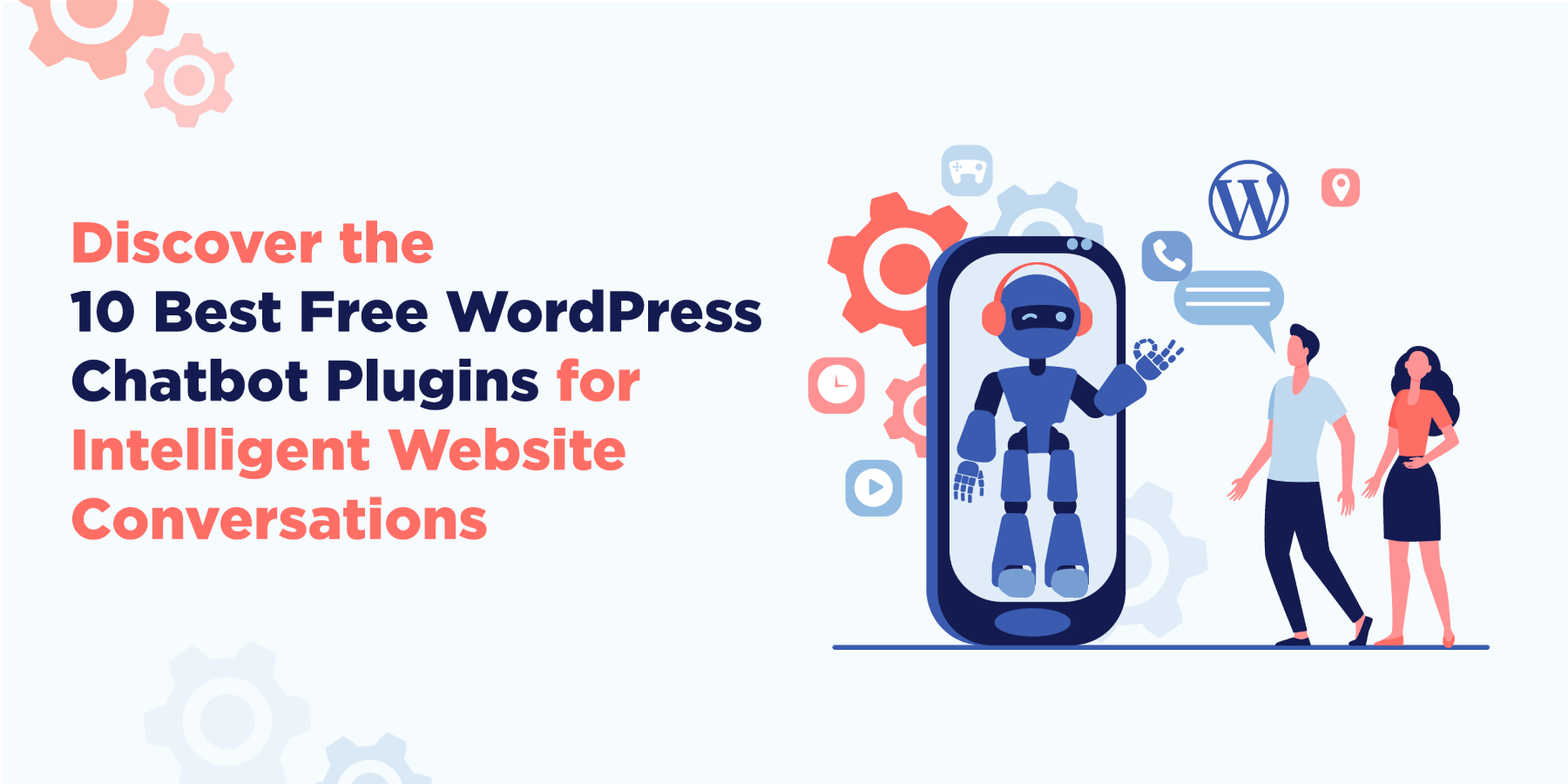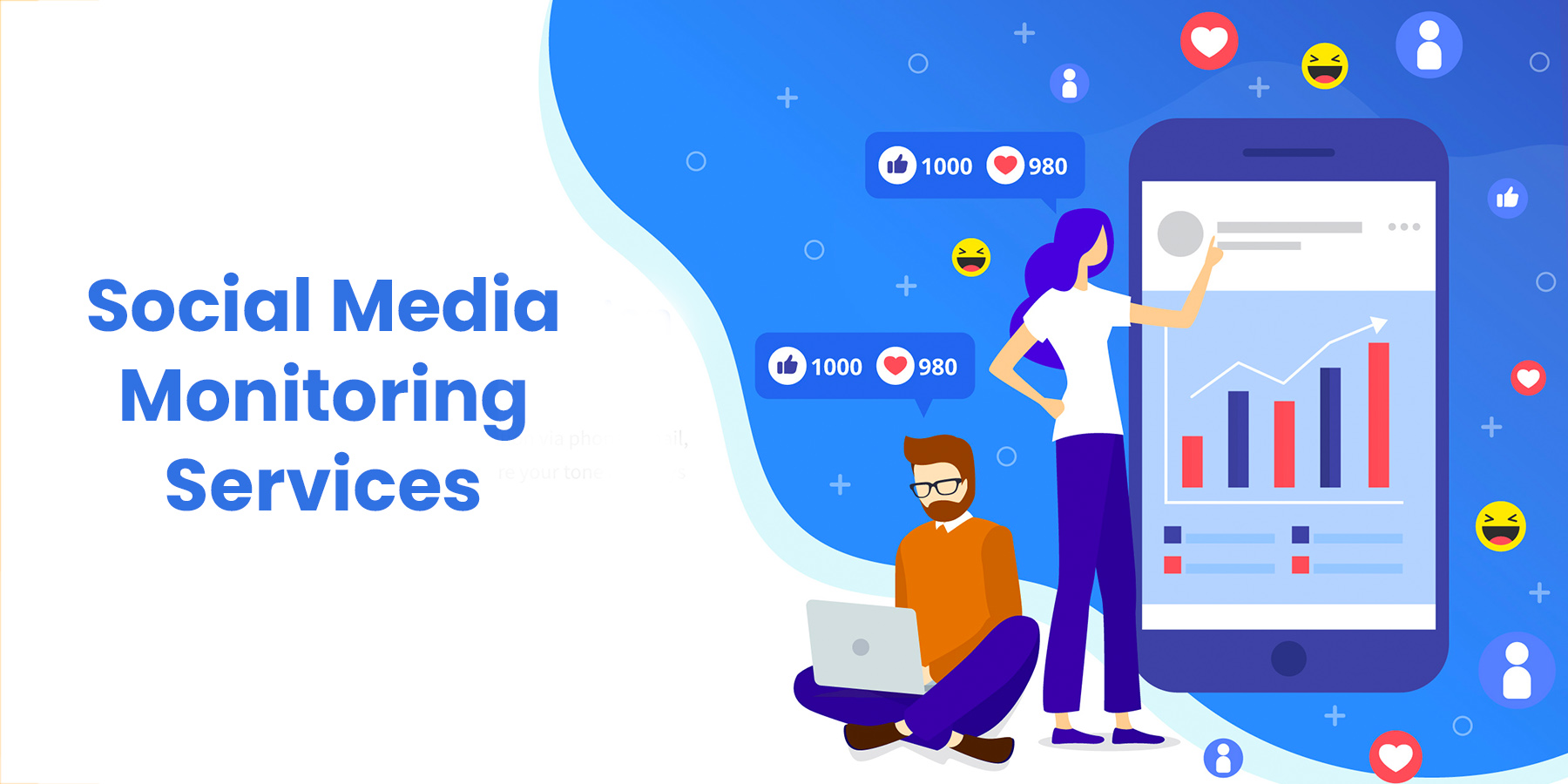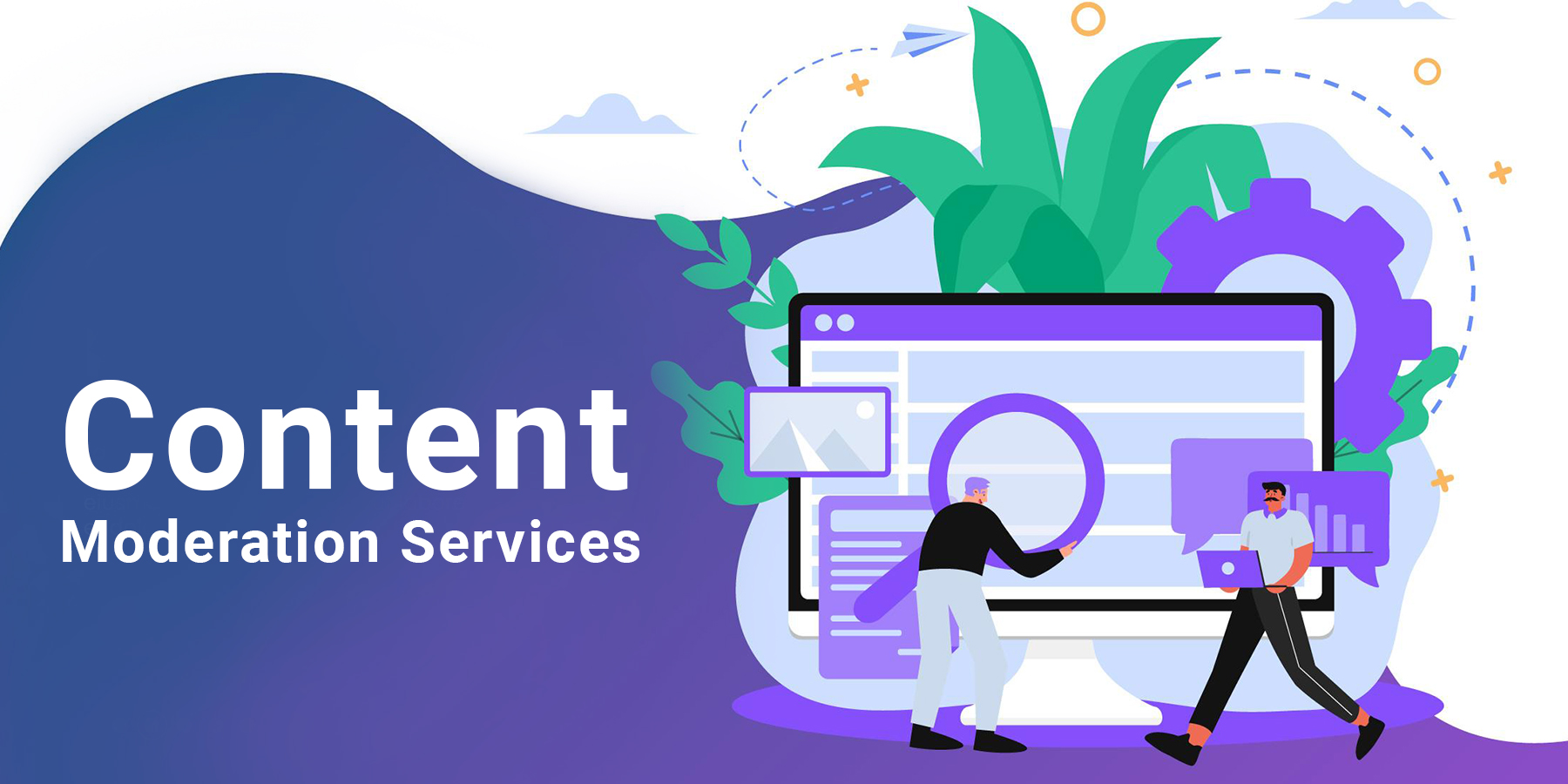In the sales world, two distinct approaches exist, inbound and outbound sales. Understanding the nuances between these two strategies is essential for any salesperson or organization aiming to thrive in today's competitive marketplace.
Inbound Sales
Inbound sales refer to attracting and converting potential customers who initiate contact with a company. This is done through inquiries or expressing interest in the products or services offered.
Marketing Your Product to Capture Attention
Inbound sales begin with the company creating various marketing materials such as videos, blogs, advertisements, or even podcast interviews. These marketing efforts aim to capture the attention of individuals randomly browsing the internet or coming across an ad. When people find the marketing material intriguing, they provide their contact information, like email addresses or phone numbers.
Generating Inbound Leads
At this point, the company starts generating inbound leads as interested prospects willingly reach out. The responsibility then falls on the sales representatives, also known as inbound closers. Marketing agencies, consulting firms, and technology companies involved in B2B sales commonly use this approach. They use marketing materials to attract potential customers, and salespeople handle the closing process.
Engaging the Leads Over the Phone
Once a prospect has expressed interest by providing their contact information, the sales representative typically has a calendar system in place. The candidate then has the opportunity to book a call at a convenient time directly on the representative's calendar. The purpose of this conversation is to guide the prospect toward becoming a paying customer.
Inbound sales can be lucrative and comparatively less challenging because the salesperson primarily handles incoming calls and closes deals. The company's marketing efforts have generated interest and made the sales process more straightforward. In this case, marketing's role is to facilitate the salesperson's success by attracting interested leads and making the closing process easier.
Role of Inbound Call Center Services
Inbound call center companies are customer service centers that primarily handle incoming customer calls. Inbound call center services are a direct point of contact for customers with inquiries and issues and those who need assistance with products or services. The trained inbound call center service agents are knowledgeable about the company's offerings and customer support processes.
The inbound call center services often utilize advanced telephone and customer relationship management (CRM) systems to manage and route incoming calls efficiently. The inbound call center services' primary objective is to provide prompt and satisfactory resolutions to customer queries. They thus enhance customer satisfaction and maintain positive relationships with clients.
Outbound Sales
In outbound sales, the company takes the initiative to reach out to potential prospects unfamiliar with them and unaware of their offerings. It involves proactively reaching out to prospects, often through cold calling or targeted outreach, to generate leads, make sales, or gather market insights.
Reaching out and Actively Contacting Prospective Clients
To initiate a conversation, the company employs outreach methods such as cold emails, cold calling, or LinkedIn messages. The challenge lies in capturing the interest of individuals who have yet to gain prior knowledge of the company or why they should be interested. In outbound sales, the responsibility rests with the company to actively contact and engage with prospects to generate leads and ultimately secure deals.
Inbound Sales VS Outbound Sales
Inbound sales are typically less challenging as salespeople primarily interact with interested individuals who have already initiated contact. With outbound sales, one gains a more comprehensive and valuable skill set by mastering outbound sales and handling the entire process, including prospecting and outreach. Being proficient in outbound sales means having the capability to proactively engage with prospects, even those who are unfamiliar with the company, and guide them toward becoming customers.
The Role of an Outbound Call Center
An outbound call center is a dedicated facility or department within companies that proactively reach out to customers or prospects for various purposes, such as sales, lead generation, market research, or customer support. The outbound call center relies on outbound calling strategies, including cold calling, warm calling, and follow-up calls, to initiate conversations and engage with individuals needing to become more familiar with the company or its offerings.
Trained outbound call center agents effectively communicate the value proposition of the products or services they promote. They address customer concerns and convert leads into sales or desired outcomes.
Use of Technology in Outbound Call Centers
An outbound call center often utilizes advanced technology, such as predictive dialers and customer relationship management (CRM) systems. They help to manage call volumes, automate dialing processes, and track interactions for improved efficiency and productivity.
What are Key Performance Indicators?
Key performance indicators (KPIs) are commonly used to measure the success of outbound call centers. These include calling conversion rates, average handling time, sales targets, customer satisfaction ratings, and overall campaign performance. The aim is to optimize results and drive business growth.
Conclusion
Both inbound and outbound calls play significant roles in sales and customer engagement.
By combining the strengths of both inbound and outbound approaches, companies can create a well-rounded customer engagement strategy. They can address customer inquiries and proactively reach out to new opportunities, ultimately contributing to overall business success.
We recommend contacting our knowledgeable experts at WOW for comprehensive inbound call center services, outbound calling services, or live phone answering services. They have the expertise to meet your requirements and provide exceptional customer service.
This blog is inspired by the video 'Inbound Sales Vs. Outbound Sales' by 'Patrick Dang.'












